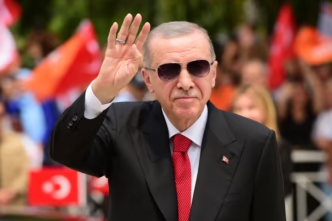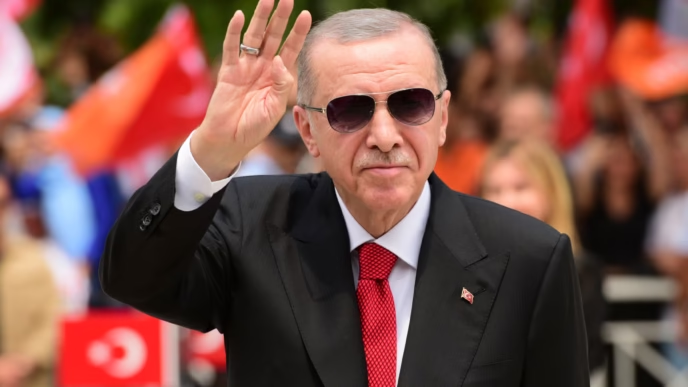For more than seven decades, the Miss Universe Organization has projected glamour, aspiration, and global harmony. But behind the stage lights and rhinestone crowns, a ferocious power struggle has erupted—one fueled by financial turmoil, clashing egos, shifting cultural values, and competing visions of what global beauty should represent in the 21st century.
What was once a polished pageant empire has spiraled into one of the most chaotic eras in its history. From ownership battles and accusations of mismanagement to controversies over eligibility rules and the role of private investors, the Miss Universe brand is undergoing a crisis that is shaking the pageant world to its core.
This is the story of how men, money, politics, and corporate maneuvering collided to trigger the Miss Universe meltdown.
A Pageant Caught Between Tradition and Transformation
The Miss Universe Organization has spent years trying to reinvent itself for a modern world—expanding inclusivity, broadening participation criteria, and shedding the outdated stereotypes of the past. Yet these changes have not been universally embraced.
Traditionalists vs. Modernists
On one side stand traditional supporters, who believe the pageant should preserve its classic standards and long-standing format.
On the other are reformers who argue that Miss Universe must evolve to stay culturally relevant in an era demanding diversity, representation, and social impact.
The result has been an ideological tug of war, with every rule change sparking fierce debate across national organizations, sponsors, and audiences.
Money Problems Behind the Curtain
Even before the public controversies, the Miss Universe Organization was grappling with financial instability. Organizing a global pageant requires:
- multimillion-dollar broadcasting deals
- corporate sponsorships
- national franchise fees
- luxury travel and production budgets
As costs ballooned and revenue streams fluctuated, the organization repeatedly turned to outside investors—including private equity groups, international owners, and national pageant directors—to bridge the financial gaps.
But with money came influence.
And with influence came conflict.
Franchise Wars and Investment Battles
National pageant directors have increasingly clashed with headquarters over:
- rising franchise fees
- inconsistent rules
- sudden policy shifts
- questionable transparency around finances
The perception that certain countries receive preferential treatment has only intensified tensions.
International investors, on the other hand, have sought greater control over branding, business direction, and eligibility criteria, often clashing with long-time pageant insiders.
Male Power Brokers and the Gender Debate
Ironically, an institution meant to celebrate women has often been shaped—sometimes dictated—by male power brokers operating behind the scenes.
Historically, decisions around Miss Universe:
- sponsorships
- production design
- scoring systems
- ownership structures
were dominated by male executives, financiers, and political stakeholders.
As the organization attempts to promote gender equality and expand women’s leadership roles, it must first confront the legacy of male influence baked deeply into its operational culture.
This tension is now at the heart of the Miss Universe identity crisis:
Can a pageant built within male-led business structures truly reinvent itself under modern feminist expectations?
A Public Meltdown Fueled by Social Media
In earlier decades, Miss Universe controversies unfolded quietly.
Today, every disagreement becomes public instantly—and often explosively.
Social platforms have amplified:
- leaked letters between national directors
- allegations of unfair scoring
- disputes over transgender eligibility
- claims of corruption and favoritism
- internal financial documents
- personal attacks between stakeholders
Fan communities, once celebratory, have become battlegrounds for rumors, factionalism, and outrage. The organization’s attempts to modernize are met with support from some countries and intense backlash from others.
The pageant that once unified global audiences is now polarizing them.
Cultural Diversity vs. Commercial Interests
One of Miss Universe’s greatest strengths—its international diversity—has also become a source of internal friction.
Different nations hold vastly different views about:
- beauty standards
- cultural representation
- gender identity
- fashion modesty
- commercial branding
As the organization expands eligibility for married women, mothers, and contestants of varying backgrounds, some countries celebrate the inclusivity while others resist it.
Meanwhile, the corporate side faces pressure from:
- Western sponsors wanting progressive branding
- conservative markets demanding traditional values
- emerging economies looking for global exposure
- investors seeking profitability above all
Balancing these competing forces has proven nearly impossible.
The Battle for the Crown: Who Controls Miss Universe’s Future?
At the heart of the meltdown lies one fundamental question:
Who truly owns the Miss Universe legacy—and who gets to shape its next chapter?
Several camps are now fighting to define the pageant’s identity:
1. The Corporate Stakeholders
They seek profitability, modernization, media expansion, and alignment with global entertainment trends.
2. National Directors
They demand stability, fair competition standards, and respect for local cultural expectations.
3. Traditional Pageant Communities
They want to preserve heritage and resist excessive commercial or political influence.
4. Reformists
They push for more inclusivity, diversity, and relevance in a changing world.
Each group believes it is protecting the future of Miss Universe.
Together, they have created the most divided era in pageant history.
Can Miss Universe Survive the Meltdown?
The brand still carries enormous global power.
Its cultural impact remains unmatched among international pageants.
But the current crisis is more than a superficial dispute—it is an existential challenge.
To survive, Miss Universe must:
- stabilize its finances
- rebuild trust with national directors
- establish transparent governance
- clarify its identity and strategic direction
- balance inclusivity with global cultural sensitivities
- evolve without alienating its core supporters
The organization cannot move forward until it decides what it wants to be:
a modern cultural movement or a traditional global competition.
Conclusion: The Crown Is Still Glittering—But the Empire Is Shaking
The Miss Universe meltdown is not the story of a pageant in decline.
It is the story of an institution undergoing painful rebirth.
Money, men, politics, and transformation have converged to create one of the most dramatic turning points in pageant history. Whether this crisis collapses the empire or propels it into a new golden age depends on what happens next—and who ultimately wins control of the crown.
















